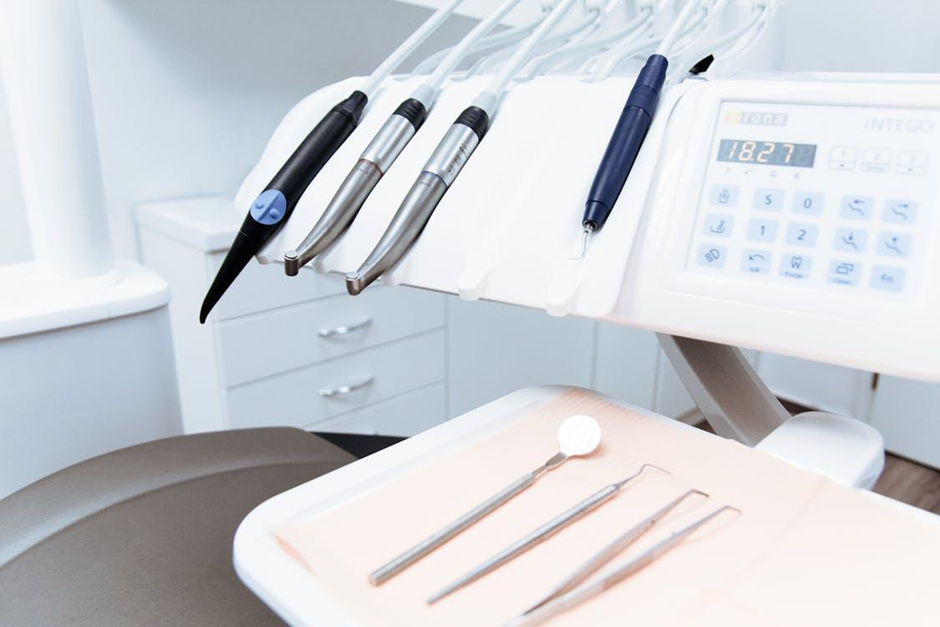Everything You Need To Know About Root Canal Treatment For Kids
Pediatric Dentistry

Table of Contents
Do dentists really recommend Root Canal Treatment for kids with baby teeth?
We all know baby teeth have a shorter life span and fall out naturally between six and 12 years of age. So, what is the point in saving them through a root canal treatment when you can go for other less-expensive options like tooth extraction?
Well, this is a question that most parents have when the Dental clinic in Dubai recommends immediate root canal treatment for your child.
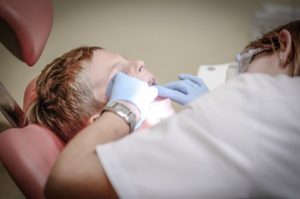
Functions Of Baby Teeth
Baby teeth (or primary teeth) have a more important role than just facilitating chewing. They help hold the space intact until their permanent counterparts erupt. Restoring baby teeth is critical for speech development and maintaining a healthy smile.
If your child loses any of his baby teeth prematurely, the adjacent teeth will likely gravitate towards each other, filling the space naturally. This causes the permanent tooth to be misaligned and even get blocked, leaving your child with crowded or crooked permanent teeth.
That is the reason why most pediatric dentist in Dubai, choose to repair an infected baby tooth rather than extract it. The merits of saving a baby tooth are many and we have listed them below.
- Prevents possible speech problems
- Helps retain the facial symmetry
- The saved baby tooth clears the way for the permanent tooth
- The permanent tooth eruption happens just on time
- Prevents crooked permanent teeth
- Helps chew food better
Getting Your Kid Ready For A Root Canal
The very thought of a root canal treatment can send shivers down the spine of any child. A relatively pain-free treatment, you can follow these steps to help prepare your kid for the treatment.
Step 1: Children normally resent dental visits for fear of the pain associated with dental procedures. So, first, calm your child down and tell him that he won’t experience pain with anaesthesia administration.
Step 2: At the practice, the dentist will ascertain where and how the root canal is to be done using x-rays. He will only start the procedure after numbing the area by giving local anaesthesia. Inform your dentist in advance if your child has any allergy toward anaesthesia or antibiotics.
Step 3: After administering anaesthesia, the dentist will make the tooth area ready for the procedure by removing the filling or braces (if any). He will then wrap the tooth with a rubber sheet as a preventive measure. Now, when the target area is clear, the dentist will slowly drill down to the root canal.
Using high-precision root canal instruments, he will remove the infected pulp and clean inside with anti-bacterial liquids. After letting it dry, he will use a special dental filling to seal the cavity.
Two types of procedures
Based on the x-ray reports and the magnitude of the infection, your child’s dentist will decide which treatment is good for your child, whether pulpotomy or pulpectomy.
Pulpotomy: This is done if the infection is at the surface level of the pulp chamber. Only the infected part of the pulp is removed and the area is cleaned with an anti-bacterial lotion and then sealed.
Pulpectomy: In this procedure, the entire pulp chamber and the root canal is cleaned up. The infected area is then cleaned and sealed.
Both the procedures will be followed by the placement of a crown to strengthen the tooth.
Is your child suffering from a tooth infection? Book an appointment now with your pediatric dentist to know whether your child really needs a root canal or not.
Discover how space maintainers can help with your child’s dental development in our blog on All You Need To Know About Kids Space Maintainers.
Book an Appointment With Your Doctor NOW!
Ready for a brighter smile? Schedule your appointment with Dr. Paul’s Dental Clinic today and experience exceptional dental care.
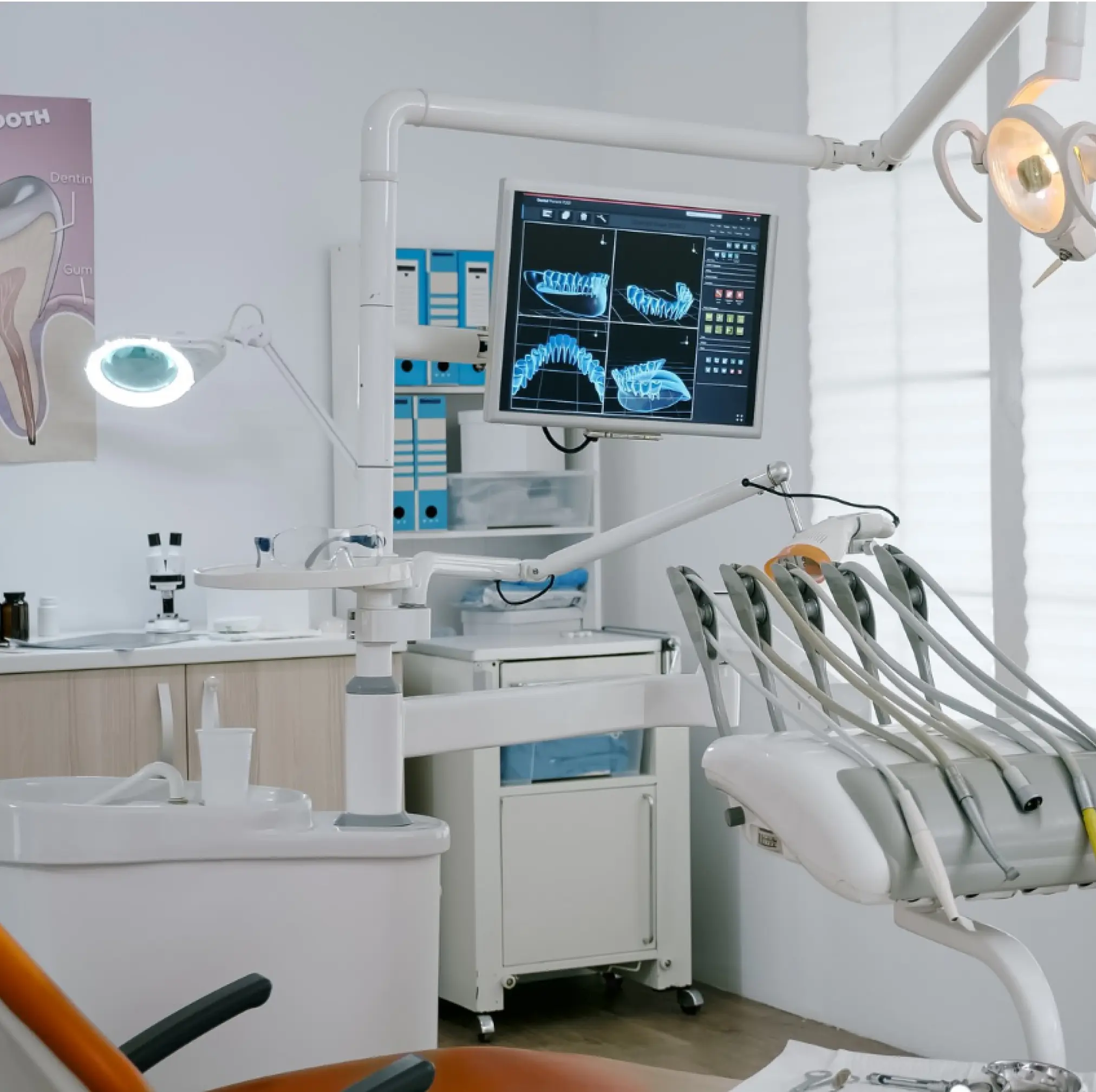
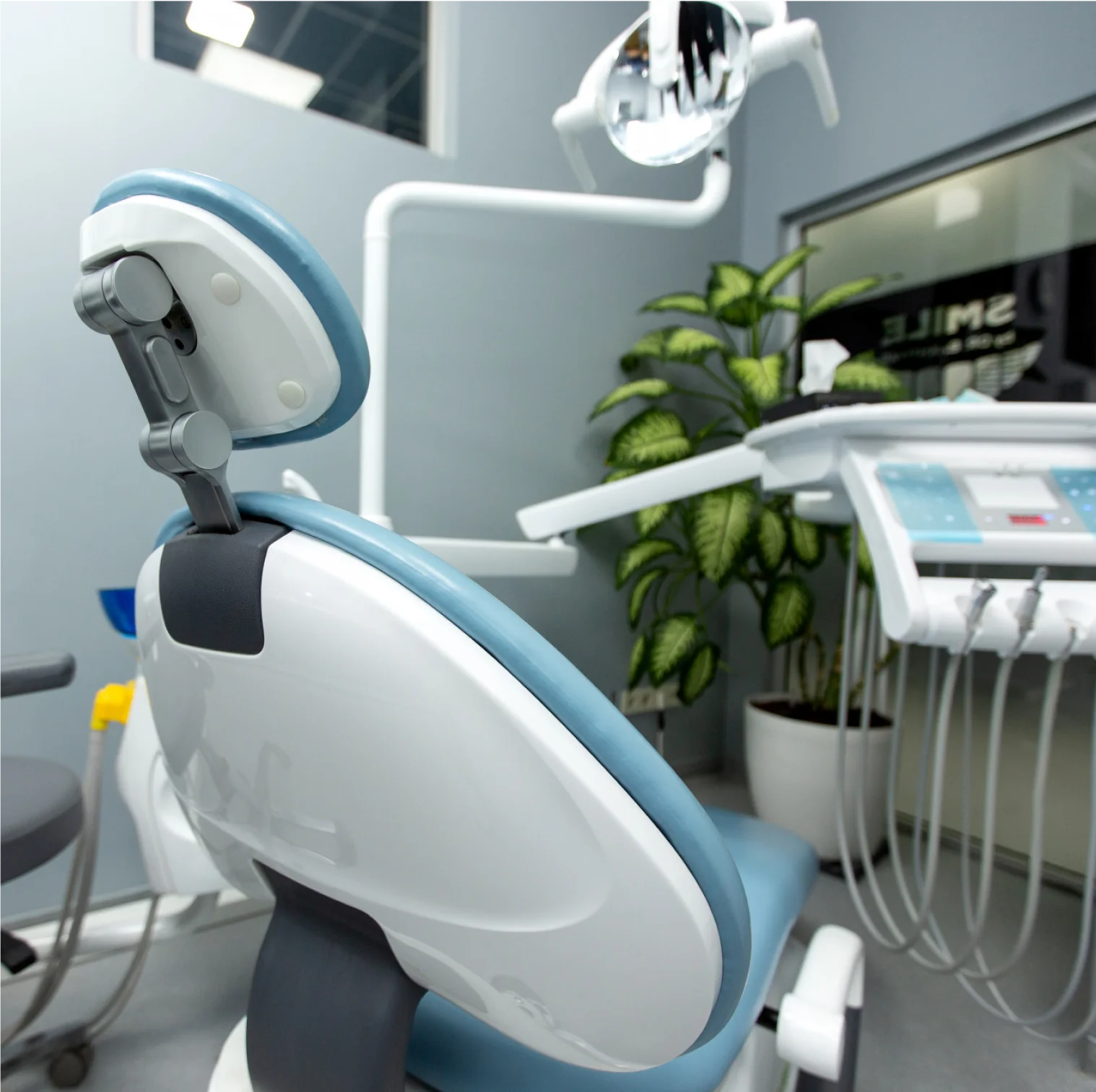
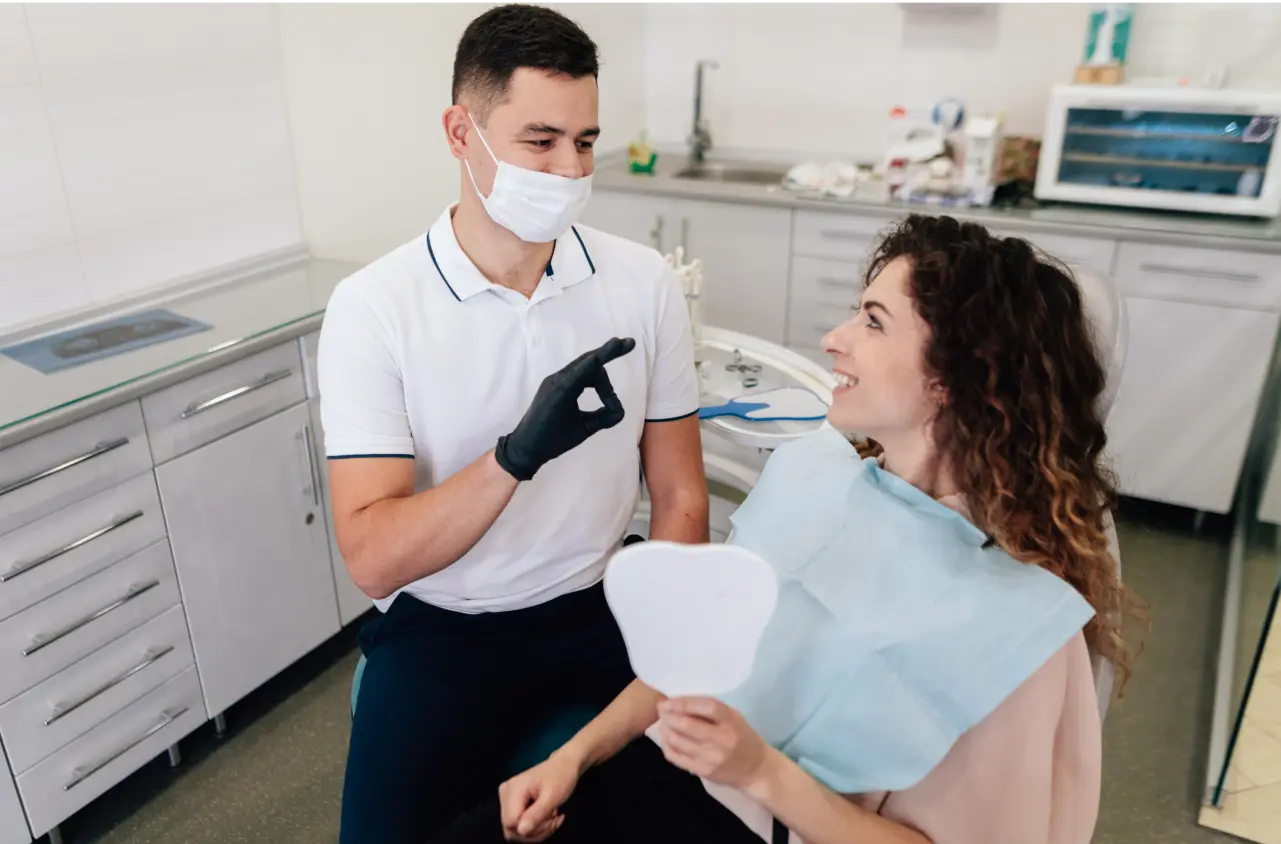
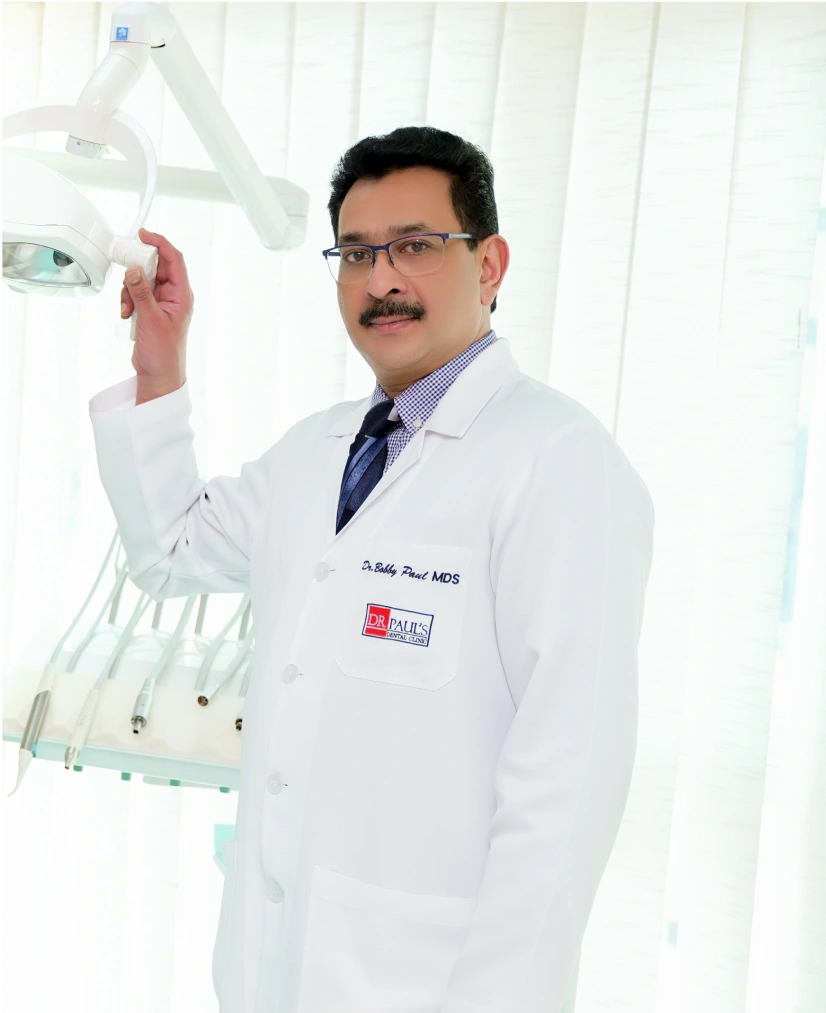 Dr. Bobby Paul - Pediatric Dentist
Dr. Bobby Paul - Pediatric Dentist 

